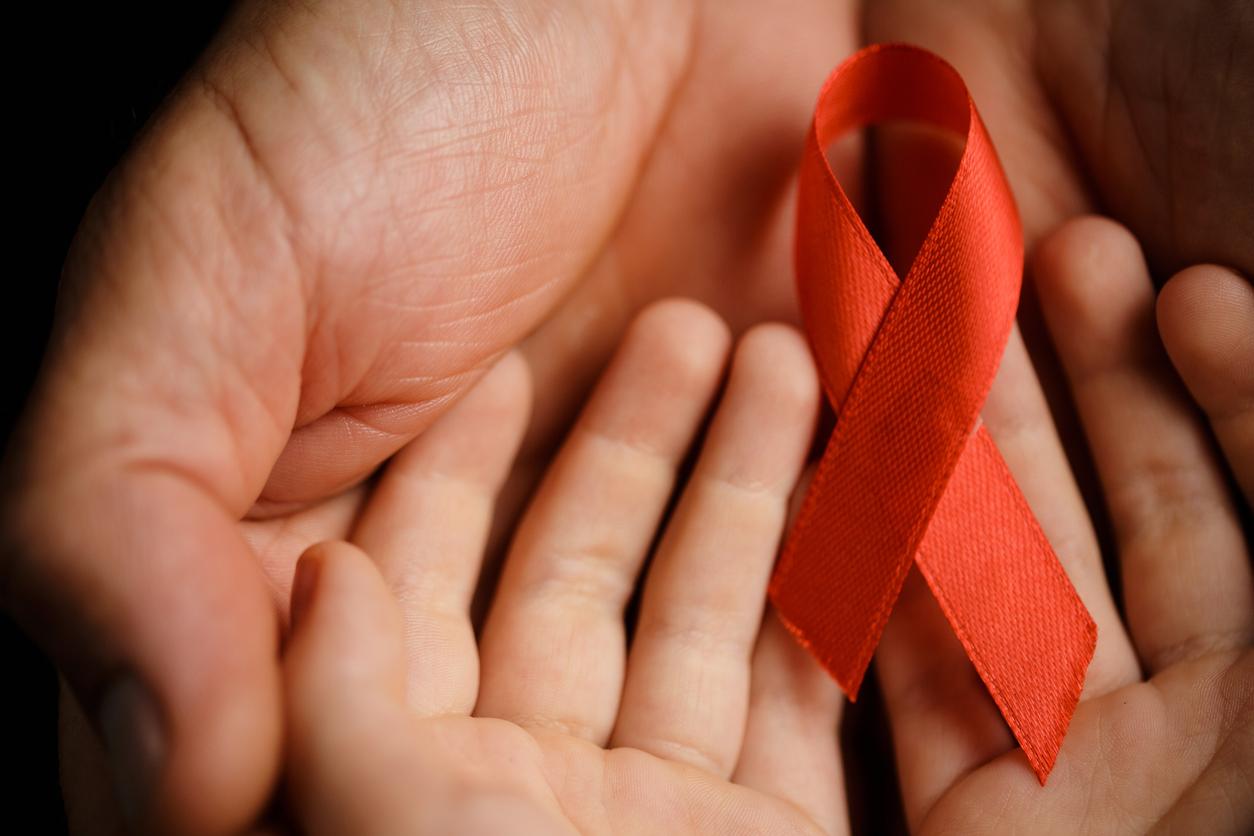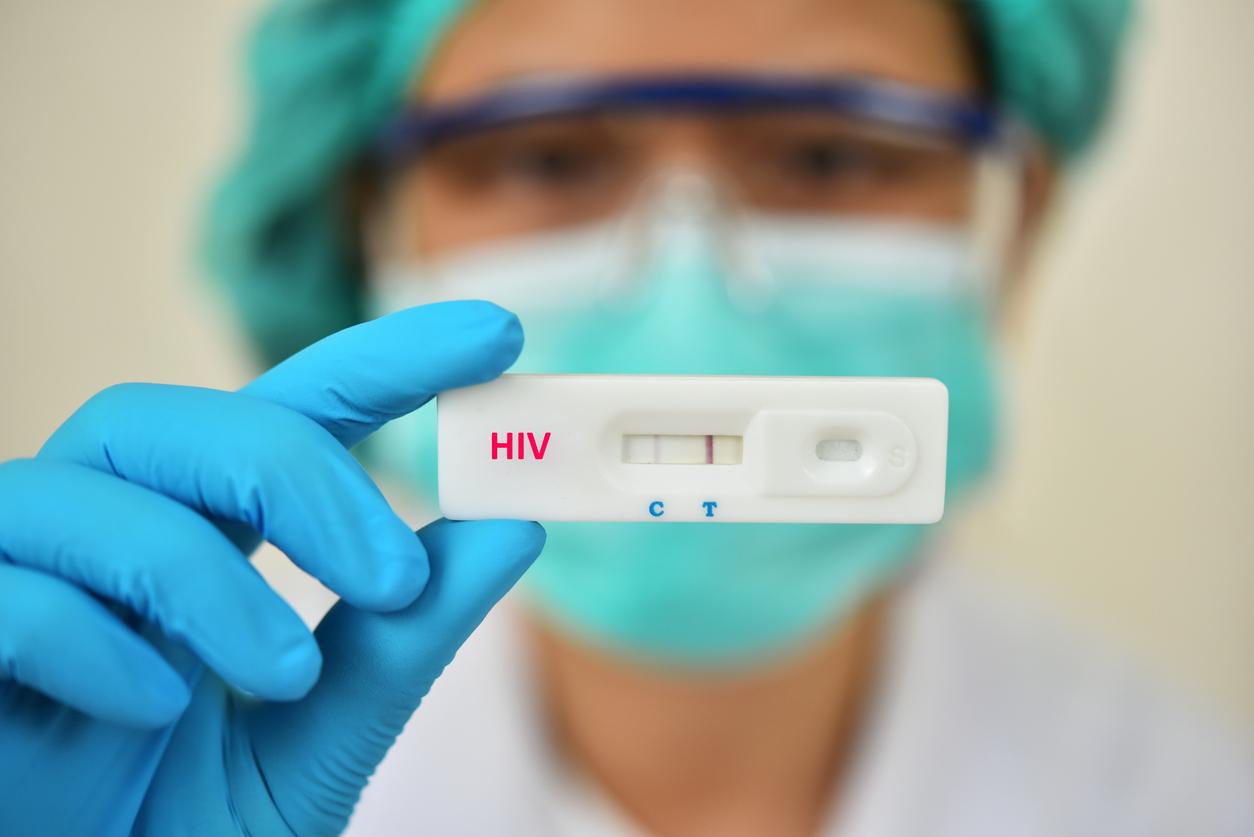A German patient has no detectable traces of HIV in his body after a bone marrow transplant, a study has found.

- Fifteen years after his diagnosis, six after a bone marrow transplant, a 60-year-old German has not had any detectable traces of HIV in his body since the end of 2018.
- The man has been dubbed the “new Berlin patient”, in reference to the first “Berlin patient”, Timothy Ray Brown, the first person declared cured of HIV in 2008, and who died of cancer in 2020.
- A bone marrow transplant allows for a deep renewal of the immune system that is attacked by the virus: the patient’s immune cells are replaced by those of the donor.
Fifteen years after his diagnosis, a 60-year-old German man is probably cured of the human immunodeficiency virus (HIV): his body has not shown any detectable viral load for nearly six years. This would make him the seventh case of cure identified, according to research published Thursday, July 18, ahead of the 25th International AIDS Conference.
A case “very suggestive of a cure for HIV”
The 60-year-old, who received a bone marrow transplant to treat leukemia in 2015, was able to stop his antiretroviral treatment at the end of 2018. The man, who wished to remain anonymous, has been nicknamed the “New patient from Berlin”in reference to the first “Berlin patient”Timothy Ray Brown, the first person declared cured of HIV in 2008, and died of cancer in 2020.
If they cannot be “absolutely certain” that all traces of virus have been eliminated, “This patient’s case is very suggestive of a cure for HIV”said Christian Gaebler, a doctor at the Charité hospital in Berlin who is treating the patient. After more than five years of remission, the patient “feels good and is enthusiastic about contributing to our research efforts”he added.
A rare mutation that protects against HIV
His case is different from other long-term remissions, the researchers point out. All the other patients, with the exception of one, had received stem cells from bone marrow donors with a rare mutation in a gene called CCR5, known to prevent HIV from entering cells. Such a transplant allows for a profound renewal of the immune system that is attacked by the virus: the patient’s immune cells are replaced by those of the donor.

Until now, almost all other cured patients had inherited two copies of the mutated gene – one from each parent of the donor. However, the “New patient from Berlin” is the first to have received stem cells from a donor who had inherited only one copy: only one of his parents was a carrier. A much more common configuration that gives hope for more potential donors, according to scientists.
Although this seventh probable case of cure raises hopes of one day eradicating HIV, it must be remembered that a bone marrow transplant remains a particularly difficult and risky operation: most patients carrying the virus simply cannot undergo it.
















